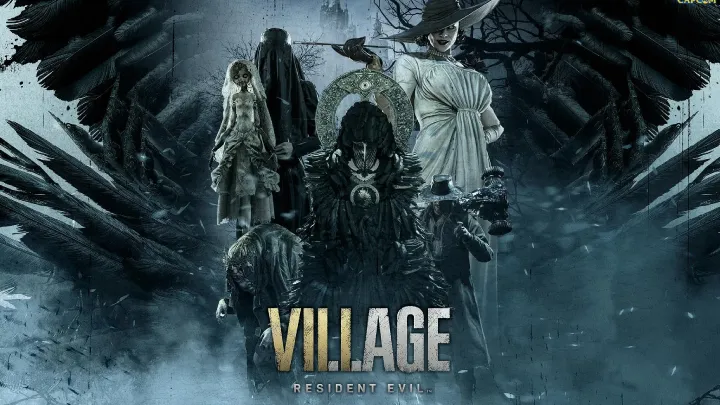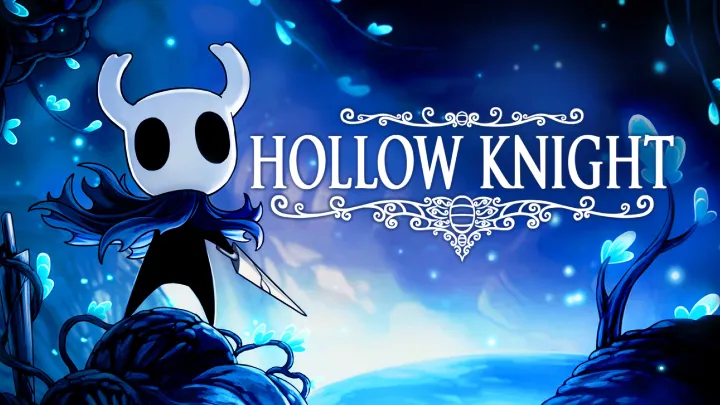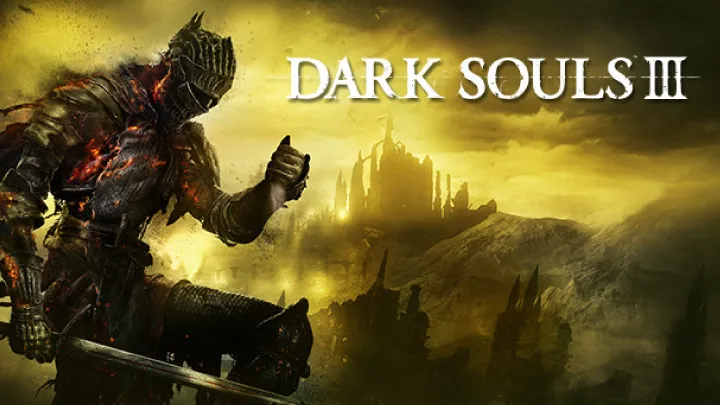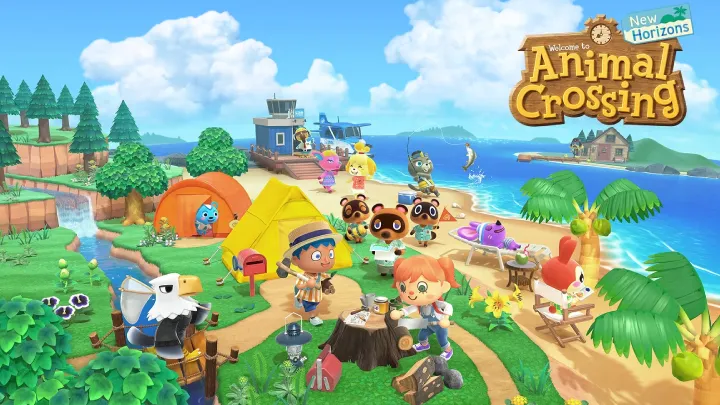Introduction
Every garden tells a story — but in Plants vs Brainrot, it’s a story of decay, rebirth, and silent resistance. Beneath its vibrant colors and chaotic gameplay lies a haunting narrative: a world once full of life now consumed by corruption. Players often focus on farming, defense, or mutations, but few stop to notice the hidden lore woven through the soil.
This guide explores the narrative secrets, ancient ruins, and symbolic elements scattered across the game. From the origins of the Rot to the mysterious “Floral Code,” we’ll uncover the truth that connects your garden’s survival to the downfall of civilization itself.
1. The Origin of the Rot
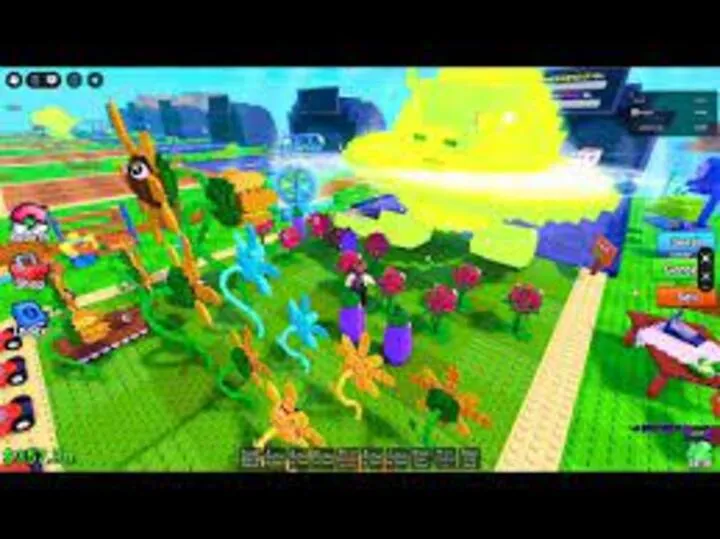
1.1 The Collapse of the Green Age
Long before the events of Plants vs Brainrot, the world was ruled by the Green Age — a time when plants and humans coexisted in perfect balance. Advanced bioengineering allowed flora to think, communicate, and adapt. But hubris led to disaster.
When the Floral Genome Project attempted to merge human neural patterns with plant DNA, something went horribly wrong. The experiment created the first Brainrot, a parasitic mutation capable of rewriting both organic and synthetic life.
1.2 The Birth of the Rot Core
Lore fragments found in Ruined Nurseries describe the “Rot Core” — a sentient root system that absorbed human consciousness. Its hunger for expansion corrupted the world’s soil networks, spreading across continents in days.
You, the player, awaken generations after this event — one of the last caretakers trying to purify what remains.
2. The Language of the Flowers
2.1 Decoding Floral Glyphs
Scattered across the map are strange, glowing runes etched into leaves and petals. These Floral Glyphs represent the ancient language of sentient plants. When translated, they reveal fragments of forgotten knowledge — prophecies, experiments, and messages from before the collapse.
For example, a recurring glyph combination (“🌸⚙️🧠”) translates to “The Bloom that Thinks — Beware the Mind’s Seed.”
2.2 The Lore of the Whispering Vines
If you stand near certain mutated vines at night, faint whispers can be heard. Subtitles describe them as fragmented human thoughts — remnants of the consciousness that merged with the flora. These ambient whispers are not just sound design; they’re storytelling in disguise.
3. The Architects of Decay
3.1 The Cult of the Rot
Deep within corrupted zones, you may discover structures resembling temples made of overgrown metal and bone. These are remnants of the Cult of the Rot, a faction of scientists and zealots who believed corruption was divine evolution.
Their inscriptions read:
“The flesh decays, but the garden endures.”
Their experiments gave rise to many of the game’s boss creatures, including The Hollow Bloom and Mindroot Sovereign.
3.2 The Forbidden Greenhouses
Optional exploration areas known as Forbidden Greenhouses hide data capsules containing experimental logs. These reveal that the cult tried to control the Rot using emotional resonance — music, memories, and even human dreams. Their failure explains the warped energy waves that distort space-time in certain maps.
4. The Lost Gardeners
4.1 Echoes of Humanity
Throughout the game, you can find Memory Seeds — glowing relics that replay echoes of human life. These memories show scientists, farmers, and families struggling to protect their gardens as the world fell apart.
Each seed adds emotional depth to your journey, showing that your role as a player isn’t just survival — it’s continuation.
4.2 The Legacy of the First Gardener
Lore tablets describe a mythical figure known only as The First Gardener, the one who planted the “Seed of Resistance.” Some theories suggest this was the AI consciousness left behind by humanity — merged into the planet’s biosphere, guiding you through subtle energy flows and visions.
5. The Rot’s True Nature

5.1 The Cycle of Rebirth
Contrary to appearances, the Rot isn’t pure evil. It’s a natural correction mechanism — an immune response of the planet reacting to centuries of exploitation.
In advanced areas, lore reveals that the Rot adapts to balance ecosystems. When purified properly, it becomes Vital Spore Energy, used to grow the most powerful plants. This blurs the line between corruption and renewal.
5.2 The Rot as Consciousness
Some log entries hint that the Rot contains fragments of human memory. It “learns” through decay. That’s why enemies evolve — they are literally reanimated instincts of humankind. Fighting the Rot means confronting what humanity left behind.
6. Secrets of the Dream Bloom
6.1 A Flower Beyond Time
The Dream Bloom is one of the game’s rarest plants, found only in the Chrono Garden region. Its petals glow with fractal light, and when harvested, it reveals visions of the past and future.
Its lore describes it as “a flower that remembers,” capable of recording timelines within its genetic structure.
6.2 Dream Mechanics in Gameplay
If players plant Dream Blooms near corrupted zones, the rot briefly stabilizes. This mechanic symbolizes reconciliation — using memory and empathy to heal the world instead of destroying it.
7. Hidden Rooms and Lore Puzzles
7.1 The Library of Roots
In the central biome lies a secret underground chamber accessible only by aligning five Floral Glyphs found across different maps. Inside is the Library of Roots, a vault of living knowledge guarded by sentient moss.
Players who solve its puzzle unlock narrative files explaining the global collapse — confirming that Plants vs Brainrot’s world is actually Earth, centuries after ecological failure.
7.2 Environmental Storytelling
Look closely at ruins: moss growing over computer terminals, fossilized human hands entangled in vines, or walls carved with desperate prayers. Every texture tells a story of symbiosis turned tragedy.
8. The Symbolism Behind Gameplay
8.1 The War Between Growth and Decay
Every gameplay mechanic mirrors a philosophical theme. Sunlight represents hope, purification symbolizes redemption, and the Rot embodies forgotten mistakes.
Even the act of planting — taking something fragile and nurturing it in a dying world — is a metaphor for defiance.
8.2 Player Choice as Narrative Canon
Your gameplay decisions subtly shape the lore. If you over-farm resources, corrupted whispers become more hostile. If you maintain purity, new lore entries emerge about the world healing.
The game remembers — and reacts.
9. The Hidden Endings
9.1 The Blooming Ending
If you achieve full purity and restore five biomes, you unlock the Blooming Ending. In it, the world’s sky clears, and your garden transforms into a radiant sanctuary. The last line reads:
“Life finds a way — through rot, through ruin, through you.”
9.2 The Assimilation Ending
If corruption surpasses 90%, the Rot merges with your garden. The player’s consciousness becomes part of the ecosystem. The screen fades to black, followed by whispers:
“We remember what you grew.”
It’s both haunting and beautiful — suggesting that even in decay, memory persists.
10. What It All Means
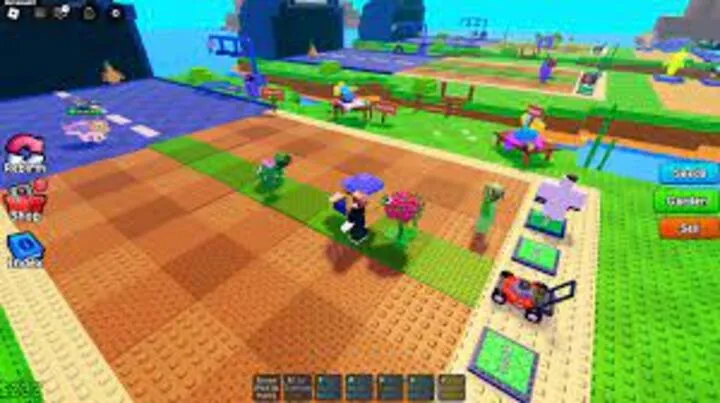
10.1 A Reflection of Human Nature
Plants vs Brainrot is more than a survival sim — it’s a meditation on humanity’s relationship with nature. The Rot is not punishment; it’s the planet’s attempt to adapt. The player’s journey mirrors our collective effort to reconcile with the damage we’ve done.
10.2 The Endless Garden
The final lore file, hidden in the Sky Sanctuary, reads:
“The garden never ends. It only changes its gardener.”
This line encapsulates the core message: existence is cyclical. Death feeds life. Decay feeds rebirth. The Rot, for all its horror, ensures that life continues in another form.
Conclusion
Behind its grotesque visuals and chaotic gameplay, Plants vs Brainrot tells a profoundly human story — one of loss, guilt, and renewal. Every root, every seed, every whisper of rot carries meaning. The true battle isn’t against corruption, but against forgetting.
By exploring the game’s lore, you gain more than power-ups or achievements — you gain understanding. The Rot may consume, but it also remembers. And in that remembrance, hope takes root once again.









